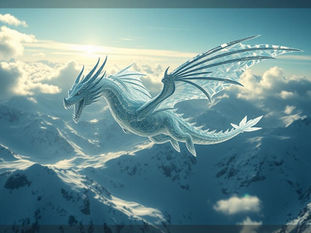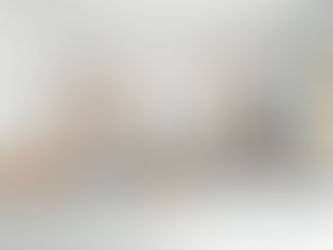
How to Create a Web Design Animation Using Midjourney and Creative Software
May 25
3 min read
0
23
0

Want to make unique web design animations? You can start with AI art tools like Midjourney and then add layers of design and animation using software like Photoshop and After Effects. This post shows how to combine these tools to make something special, like a website animation in a fantasy world.
Let's walk through the steps involved, from getting the basic image to putting it all in motion.
Starting with Midjourney
The first step is using Midjourney to create the central image for your animation. You need a prompt that tells Midjourney what you want. Think about the setting, the theme, and what type of design it is. For example, you might use a prompt like:
energy drink web landing page
web design website ui ux
with call to action button for sales
modern vibrant colors
at 16:9 aspect ratio
Midjourney will generate images based on your prompt. Pick the one you like best. Then, use the zoom-out feature multiple times. This creates wider versions of your image, giving you more background to work with for the animation.
Working with Midjourney is just the start. To handle your image generations more efficiently and explore many variations quickly, consider trying the Midjourney Automation Suite from TitanXT. It can help streamline your creative process.
Preparing Images in Photoshop
Once you have your images from Midjourney, bring them into Photoshop. Here's how to prepare them:
Separate the main object (like a product mockup) from the background using a path mask. This puts it on its own layer.
Use Photoshop's AI tools to clean up the background where the object was removed.
You might flip the base image to better fit a website layout, perhaps putting the main object on the right side.
Bring in the zoomed-out images generated by Midjourney. Overlay them and expand the canvas to create a larger, seamless background image. Don't worry if it's not super high resolution; it works for animation scaling.
Position placeholder elements for the website layout (like header, body sections).
Save your file as a PSD (Photoshop Document) with layers. This keeps your objects separate for animation.
Managing multiple image versions and layers can get tricky during this preparation phase. Tools designed for creative workflows, like the Midjourney Automation Suite, can assist with organizing and iteration, letting you focus more on the design.
Animating in After Effects
Now, import your layered PSD into After Effects. This is where the magic happens.
Import your PSD composition. Your layers from Photoshop should appear separated.
Link all the main layers (backgrounds, design elements, mockup) to a new Null Object. This lets you scale and animate them all together easily.
Replace the static background image with a looping video background. You can create a fluid loop animation from one of your background images using another tool or technique, then bring it into After Effects and link it to the Null Object.
Mask the edges of your background layers. This helps them blend together smoothly during the animation.
Turn on and position the placeholder website elements you brought in or created.
Animate the placement of these UI elements. A cool trick is to use the "Trim Paths" effect on shapes or lines to make it look like the website structure is drawing itself on screen as the animation plays.
Link these UI elements to the Null Object or animate their entrance individually after the main zoom motion.
Animate the camera zoom or scale of the Null Object to create the primary motion, moving from a wider view to focusing on the main elements.
Adding Final Touches
After setting the main animation for the zoom and UI, fine-tune the timing and positions.
Add other details like a title or text overlay onto the main object or within the scene.
Add motion blur to the layers that are moving. This makes the animation look smoother and adds a sense of depth.
Conclusion
By combining the creative power of Midjourney for initial ideas and art with the editing and animation power of Photoshop and After Effects, you can turn a static image into a dynamic web design animation. This simple method opens up many possibilities for creating unique visuals that stand out.
Ready to explore more creative avenues? Automate parts of your Midjourney workflow with the Midjourney Automation Suite from TitanXT.






